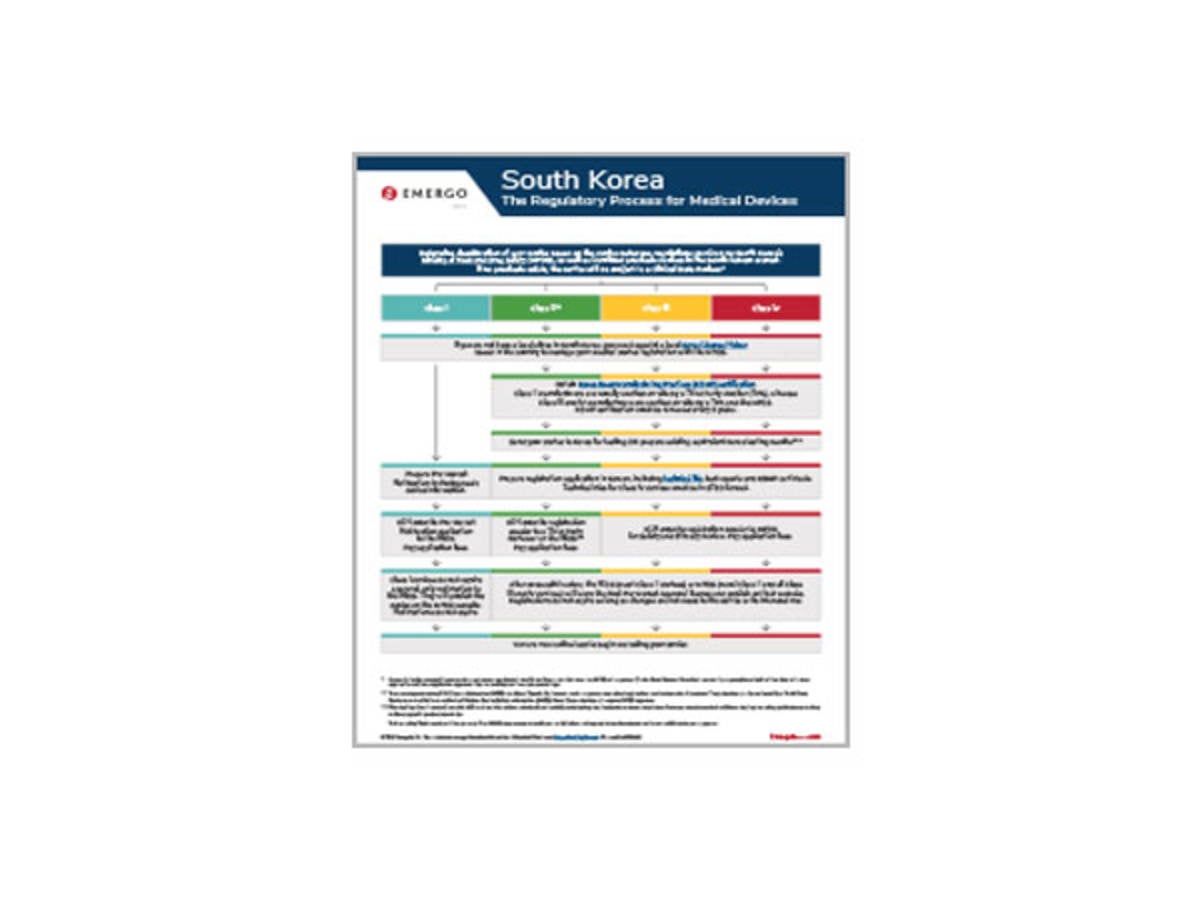Australian Music Industry Crisis: Advocacy Body Sounds Alarm In Marginal Seats

Table of Contents
Underfunding and Inadequate Government Support
Funding Shortfalls Impacting Artists and Venues
The Australian music industry suffers from chronic underfunding, a stark contrast to the significant economic contributions it makes. Reports indicate a significant gap between funding allocated to the music sector compared to other creative industries like film and visual arts. This funding shortfall directly impacts artists and venues across the country. For example, the recent cuts to the Australia Council’s grants program have left many independent artists struggling to secure funding for recording, touring, and marketing their music. This lack of investment impacts not just individual artists but also the wider ecosystem – from smaller independent record labels to the live music venues that are crucial for nurturing emerging talent. Independent artists, who form the backbone of the Australian music scene, are disproportionately affected, facing challenges in accessing essential resources such as studio time and professional development opportunities.
- Lack of grants for emerging artists: Many talented musicians struggle to gain a foothold in the industry due to insufficient funding opportunities specifically targeted at emerging talent.
- Insufficient touring support: The high cost of touring, including transportation, accommodation, and equipment, creates a significant barrier for artists, particularly those outside major cities.
- Inadequate funding for venue upgrades and maintenance: Many beloved live music venues are struggling to maintain their infrastructure due to a lack of government support, leading to closures and a reduction in performance opportunities.
The Need for Targeted Government Initiatives
To revitalize the Australian music industry, targeted government initiatives are crucial. These could include:
- Increased grant funding: A significant increase in funding for grants programs, specifically designed to support artists at all career stages, from emerging to established.
- Tax incentives for music businesses: Implementing tax incentives for music businesses, such as record labels, publishers, and management companies, would stimulate investment and job creation.
- Establishment of a dedicated music industry fund: Creating a dedicated fund specifically for the music industry would provide a stable and predictable source of funding for vital programs and initiatives.
Successful international models, such as the UK’s Music Export Growth Scheme or Canada’s FACTOR (Foundation Assisting Canadian Talent on Recordings), demonstrate the effectiveness of targeted government support in fostering a thriving music sector. A healthy music industry boosts tourism, creates jobs, and enhances Australia's cultural identity—benefits that far outweigh the initial investment.
The Lingering Impact of the Pandemic on Live Music
Venue Closures and Artist Unemployment
The COVID-19 pandemic dealt a devastating blow to the Australian live music sector. Lockdowns and restrictions led to widespread venue closures and widespread artist unemployment. Many venues, particularly smaller independent spaces, were unable to withstand prolonged periods of closure and have permanently shut their doors. The subsequent loss of income for musicians and the overall reduction in live music performances had a catastrophic impact on the industry's economy. While restrictions have eased, the recovery has been slow, with many venues operating at reduced capacity due to ongoing social distancing measures and audience hesitancy. The transition to online performances, while necessary for survival, presented its own challenges, including reduced income and limited audience engagement.
- Increased operating costs for venues: The cost of implementing COVID-safe measures, including sanitation and ventilation upgrades, significantly increased venue operating costs.
- Reduced audience capacity: Restrictions on audience numbers severely limited revenue for venues and artists.
- Difficulties securing insurance: The uncertainty surrounding the pandemic and future restrictions made it extremely difficult for venues and artists to secure adequate insurance coverage.
The Need for Ongoing Support and Recovery Measures
Ongoing support and targeted recovery measures are crucial for the long-term survival of the Australian live music sector. These measures could include:
- Extended wage subsidies: Providing extended wage subsidies for artists and venue staff would provide critical financial support during the recovery period.
- Rent relief for venues: Offering rent relief for struggling venues would help them stay afloat and avoid permanent closure.
- Marketing campaigns to promote live music: Government-funded marketing campaigns could help rebuild audience confidence and encourage a return to live events.
Advocacy Body's Call to Action in Marginal Seats
Targeting Electorates for Political Pressure
Recognizing the urgent need for change, leading advocacy bodies are strategically targeting politicians in marginal seats to exert political pressure. Marginal seats are crucial because the outcome of elections in these constituencies can significantly influence the overall political landscape. By focusing their efforts on these seats, advocacy groups aim to increase the likelihood of achieving policy changes.
Their demands include specific policy changes and increased funding commitments outlined in election manifestos. They engage in direct lobbying, participate in public consultations, and launch targeted public awareness campaigns to ensure their voices are heard.
- Increased funding commitment in election manifestos: Advocacy groups are pushing for all political parties to include significant funding commitments for the music industry in their election manifestos.
- Policy consultations with industry stakeholders: The groups are advocating for regular consultations with industry stakeholders to ensure policy decisions are informed by the needs of those working in the sector.
- Public awareness campaigns: Public awareness campaigns are being used to highlight the crisis and encourage public support for increased government investment in the music industry.
The Importance of Public Engagement and Support
The success of these advocacy efforts hinges on public engagement and support. Every citizen has a crucial role to play in advocating for the future of the Australian music industry. Collective action amplifies the voice of the industry and increases the pressure on politicians to act.
- Signing petitions: Supporting online petitions and campaigns demonstrates public support for change.
- Contacting local representatives: Directly contacting local MPs to express concerns and demand action is vital.
- Supporting independent artists and venues: Attending live music events, purchasing music directly from artists, and supporting local venues help sustain the industry from the ground up.
Conclusion
The Australian Music Industry Crisis is not simply a cultural issue; it's an economic one. Underfunding, the prolonged effects of the pandemic, and the lack of strong government support threaten to irrevocably damage a vital part of our cultural identity and economy. The advocacy body's focused approach to influencing policymakers in marginal seats is a critical step, but it requires the collective effort of musicians, music lovers, and concerned citizens. Contact your local MP today and demand action to address this crucial Australian Music Industry Crisis. Let's safeguard the future of Australian music by supporting our talented artists and ensuring the survival of the venues that nurture their creativity. Let's work together to #SaveAusMusic.

Featured Posts
-
 Rtl Sale To Dpg Media Regulatory Approval Expected Soon
May 29, 2025
Rtl Sale To Dpg Media Regulatory Approval Expected Soon
May 29, 2025 -
 Bring Her Back A Demon Transformation So Horrifying It Shocked The Crew
May 29, 2025
Bring Her Back A Demon Transformation So Horrifying It Shocked The Crew
May 29, 2025 -
 Hujan Guyur Jawa Tengah Prakiraan Cuaca Besok 23 April
May 29, 2025
Hujan Guyur Jawa Tengah Prakiraan Cuaca Besok 23 April
May 29, 2025 -
 Revolves Nike Sneaker Sale Low Prices Fast Shipping
May 29, 2025
Revolves Nike Sneaker Sale Low Prices Fast Shipping
May 29, 2025 -
 Everything We Know About Stranger Things Season 5 A Comprehensive Guide
May 29, 2025
Everything We Know About Stranger Things Season 5 A Comprehensive Guide
May 29, 2025
